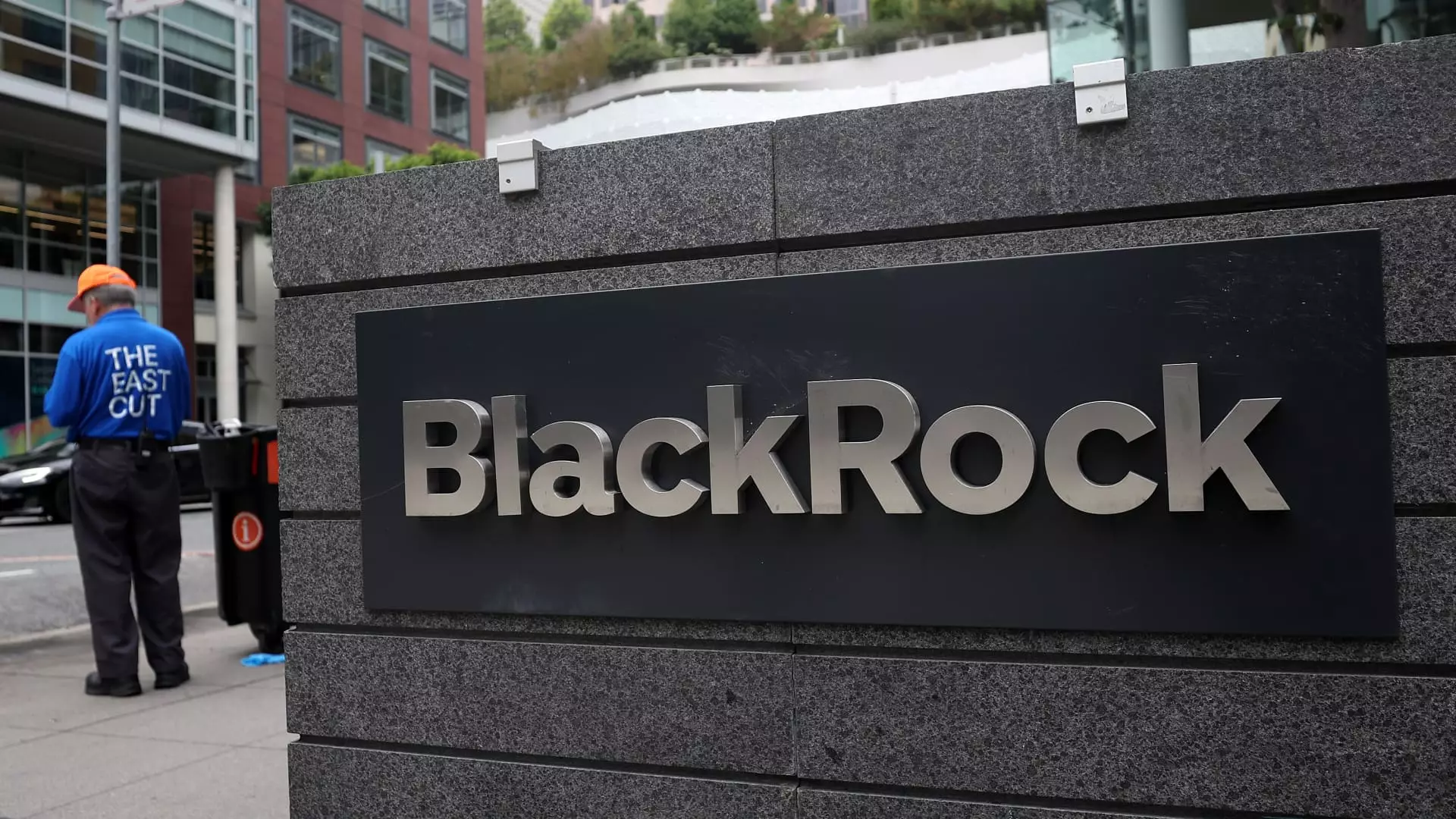The financial downturn for Frontier Airlines is emblematic of a larger issue facing many companies today. A staggering 11% drop in shares illustrates not just a setback for the airline but a cautionary tale about the uncertainty clouding the skies of the travel industry. The airline has cut both its first-quarter and full-year outlooks, citing “weaker-than-expected demand” amid economic turbulence. This situation reveals the fragility of consumer confidence, exacerbated by inflationary pressures and ongoing geopolitical tensions. As individuals reassess their discretionary spending, airlines, often seen as the barometer for consumer sentiment, are feeling the pinch.
It begs the question: how many more companies will follow suit? The airline industry is notoriously cyclical, and when demand falters, the ripples affect not just the companies themselves but also the entire ecosystem that surrounds them, from suppliers to employees. The implications extend beyond corporate boardrooms; they pose real problems for the economy at large.
Stellantis: A Warning Sign in the Automotive Sector
Stellantis’ decline of 1% in share value, caused by a 9% drop in global shipments, raises further concerns about the automobile market. The company attributed this downturn to lower production rates in North America, extended downtime during holidays, and a bleak outlook for van sales in Europe. This isn’t merely about a temporary dip—it’s a signal. When major manufacturers struggle to meet consumer demand due to supply chain issues and other operational hurdles, it casts doubt on the overall health of the economy.
The automotive sector is viewed as a engine of job creation and economic stability. Therefore, when one major player falters, it staves off hopes for widespread recovery. The resulting potential job losses and decreased production could significantly dampen economic optimism.
The Resilience of JPMorgan
In stark contrast to the grim outlooks of Frontier and Stellantis, JPMorgan’s share price rising over 3% after a revenue beat indicates that there are pockets of strength in the market. A revenue growth to $46.01 billion, surpassing analysts’ expectations, is certainly impressive. However, it should come with a caveat: CEO Jamie Dimon has voiced concerns about “considerable turbulence” facing the U.S. economy.
Though JPMorgan is thriving now, it is crucial to ask if this performance is sustainable. Are we merely witnessing a temporary uptick in a declining market? The potential for economic instability prompts skepticism regarding how long even the strongest institutions can remain impervious to broader economic currents.
Mixed Signals from the Banks
Morgan Stanley and Wells Fargo’s stories highlight an unsettling trend: mixed signals from financial institutions. Despite better-than-anticipated earnings, Morgan Stanley’s share price only rose slightly, while Wells Fargo shed nearly 2% of its value despite a significant earnings increase. This volatility is unsettling, as it suggests that investor confidence is not tethered solely to earnings reports. In an environment marked by uncertainty, even positive performance can lead to skepticism.
The disparity between earnings growth and stock performance indicates a lack of faith in the broader market, and investors are wary. This reflects the complexities of investing in a market that appears increasingly unpredictable.
The Gold Rush: Safe Haven Investments
Gold-related stocks such as Barrick Gold and Newmont Corp rallied significantly amid the market chaos, jumping 7% and 8%, respectively. With gold hitting all-time highs, it raises an essential conversation on safe-haven investments interwoven within economic uncertainty. Investors are likely turning to gold, often recognized as a stable asset during turbulent times, suggesting that they foresee deeper trouble ahead.
This rush to gold illustrates a cautionary stance, highlighting the fear permeating the market. While it may serve as a temporary shield, it also emphasizes the grim backdrop against which investors are currently making decisions.
Apple: The Double-Edged Sword
Apple’s dramatic 4% increase in share value amid concerns about tariffs on China-made iPhones spotlights the juxtaposition of innovation and vulnerability. As the company grapples with the implications of escalating tariffs, one must consider how market dynamics can swiftly alter perceived stability. The mere threat of increased costs pushes investors to reconsider their positions.
What’s clear is that the stakes are high; companies like Apple that are wholly dependent on overseas manufacturing face risks that could undermine years of growth. Apple’s situation is not just an isolated incident but an omen of what lies ahead if trade tensions continue to escalate.
In this frail economic landscape, these seven alarming trends unveil the precarious balance between growth potential and emerging realities. The stakes couldn’t be higher as we navigate these tumultuous waters.

